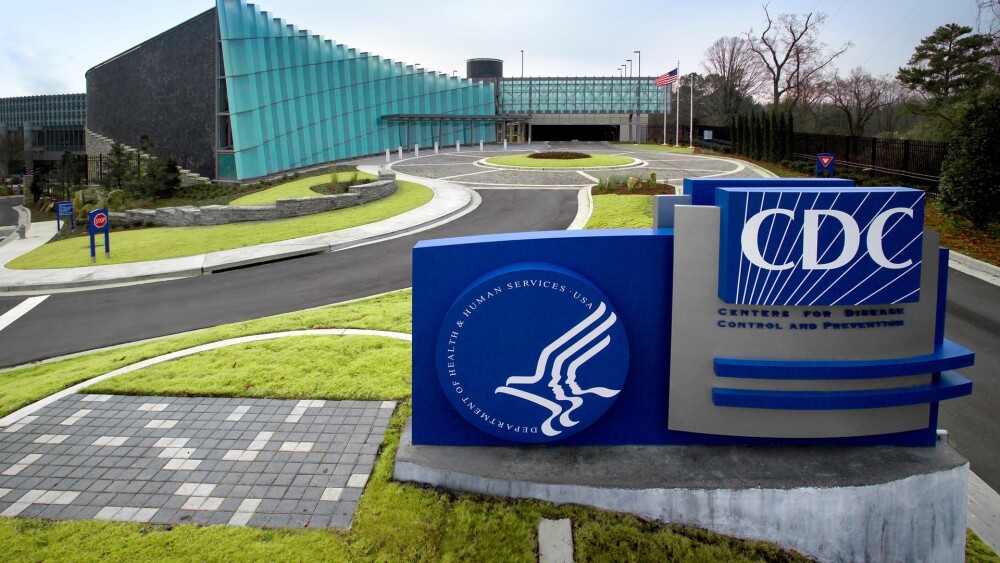The Inflation Reduction Act includes an exemption for orphan drugs for a single indication, but experts say this is far from sufficient to maintain momentum in the rare disease space.
Since the passage of the Inflation Reduction Act’s drug price negotiation program in August 2022, investigational medicines designated as orphan drugs by the FDA have become much less likely to receive that designation again for a new indication. In fact, the percentage of orphan drugs that doubled down on the regulatory status decreased by nearly half, according to a recent report by the National Pharmaceutical Council.
The IRA contains a clause exempting orphan drugs for rare diseases from price controls—but only for a single indication. If the drug wins a second orphan drug designation, its price would be subject to negotiation with the government.
Fewer orphan drug designations could limit the number of patients that may benefit from certain scientific breakthroughs, experts agree.
The Orphan Drug Act, passed in 1983, enables the FDA to grant the designation to drugs intended to treat diseases affecting fewer than 200,000 people in the U.S. More than 30 million Americans are afflicted with one of these diseases, and fewer than 5% have an FDA-approved treatment. Orphan drug designation qualifies sponsors for tax credits for qualified clinical trials, exemption from user fees and seven years of guaranteed market exclusivity following approval.
These incentives have been largely successful, David Gibson of the Amyloidosis Research Consortium wrote in a 2024 article, with more than 650 orphan drugs approved since the law was passed. Then came the IRA.
For Eva Temkin, a partner at the law firm Arnold & Porter, the orphan drug exclusion (ODE) isn’t enough. “I do think that the way that the orphan exception to the IRA is structured is insufficient to continue incentivizing orphan drug development in the face of the costs and various externalities imposed by the IRA,” she told BioSpace. “And it does sort of go against decades of Congress trying to catalyze orphan drug development and things like the Orphan Drug Act.”
Indeed, a National Pharmaceutical Council (NPC) Policy & Evidence Brief, published May 15, found that the number of drugs receiving a first orphan designation each year has remained largely consistent since the passage of the IRA, while those that went on to secure a second designation decreased by 48%.
“Patient groups, policymakers, and other leaders have all said they wanted to know if these early signals are showing up—and they are,” Jon Campbell, chief science officer at NPC, told BioSpace in an email. “We believe good policy starts with good evidence.”
If this narrow exemption holds, it could limit rare disease research. Of 280 evaluable orphan drugs approved by the FDA between 2003 and 2022, 63 were approved for one follow-on indication, according to a 2023 study published in JAMA, while another 29 were approved for three or more indications.
The Orphan Cures Act, bipartisan legislation to exclude orphan drugs with more than one rare disease approval from the Medicare drug price negotiations, has been introduced in both the House and Senate. But last week, the bill was dropped from Senate Republicans’ version of the Trump administration’s “One Big Beautiful Bill Act.”
The IRA’s Impact on Orphan Drug Development
The 48% drop in second orphan drug designations indicates a slowing of momentum that had been building prior to 2022. NPC found the percentage of first orphan drug designation winners that went on to secure a second “increased steadily” over the four years prior to the IRA’s passage.
The report’s authors cautioned that the data are “descriptive and exploratory in nature and should be viewed as hypothesis-generating.” They note, for example, the potential impact of COVID-19 on orphan drug designations as a confounding variable. Moreover, the analysis focused only on granted designations as opposed to those that were approved, pending or withdrawn, with a maximum follow-up period of 18 months.
“Further post-IRA observation time will add to the robustness of future analyses,” Campbell said.
Nevertheless, these early data have been proven out in the business decisions of some biopharma companies. In October 2022, Alnylam canceled a planned Phase III trial of its RNAi therapy vutrisiran in Stargardt disease. At the time, Christine Lindenboom, the company’s senior vice president of investor relations and corporate communications, told BioSpace the decision was due to vutrisiran’s orphan drug designation. Essentially, if Alnylam were to go forward with investigating vutrisiran in Stargardt, the drug, marketed in the U.S. as Amvuttra in ATTR amyloidosis, may lose its exemption from drug price negotiations, potentially costing Alnylam substantial profits. Amvuttra brought in more than $970 million for the company in 2024—approaching half of its total revenue.
Lindenboom declined to comment further for this article, but Stargardt disease does not appear in Alnylam’s current pipeline.
Several other rare disease–focused companies are currently testing lead molecules for multiple indications and could eventually find themselves in the crosshairs of the IRA’s single ODE. One of these companies is Amylyx, which is studying AMX0035 in both Wolfram syndrome and progressive supranuclear palsy.
Amylyx Chief Medical Officer Camille Bedrosian told BioSpace the issue of ODE has not yet come up for AMX0035, “but our approach is to always focus on whether the science and the emerging data with a drug/drug candidate in the various diseases could make a difference for the people living with the diseases. If yes, we pursue the development.”
As with many other aspects of the IRA’s drug price negotiation program, there has been pushback to the ODE. Somewhat uniquely, however, efforts to reform the ODE are bipartisan.
In 2023, Congressmen John Joyce (R-PA) and Wiley Nickel (D-NC) introduced the ORPHAN Cures Act, which BIO CEO Rachel King said at the time “changes the incentive structure within IRA to encourage follow-on investment into orphan drug development.” Then, on May 23, Senators John Barrasso (R-WY) and Martin Heinrich (D- NM) brought the bill forward in the Senate.
The proposed legislation would extend the IRA’s exemption from price negotiations to include orphan drugs without any non-orphan indications regardless of how many orphan indications it had, as well as delay negotiation eligibility for orphan drugs that lose exclusion because a non-orphan indication has been approved.
“The changes in the ORPHAN Cures Act are critically needed to correct an unintended consequence in current law that is hampering the research and development of new treatments for rare diseases,” a spokesperson for the Save Rare Treatments Task Force wrote to BioSpace in an email.
After last week’s removal of the Orphan Cures Act from the “One Big Beautiful Bill Act,” the legislation will still need to pass through the entire Senate and House, though Republican senators aim to hand a final package to Trump by July 4.
Rare Disease Space Gains Momentum
The IRA and subsequent controversy comes at a time when momentum is ramping up in the rare disease space. Last month, a young patient named KJ enthralled the gene therapy world when news broke that a CRISPR treatment created just for him appeared to have succeeded in saving his life.
The Trump administration has expressed support for rare disease drug development. In one of his first interviews after being confirmed, FDA Commissioner Marty Makary proposed a new regulatory pathway for rare disease drugs, allowing for their conditional approval based on a “scientifically plausible mechanism.” Center for Biologics Evaluation and Research Director Vinay Prasad made similar comments last week at an event organized by the National Organization for Rare Disorders, committing to give rare disease patients rapid access to “products that are even small steps forward” during his tenure. Their boss, Health and Human Services Secretary Robert F. Kennedy Jr., backed them up at an FDA roundtable focused on cell and gene therapies (CGT) on June 6.
On the CGT front, Sarepta Therapeutics earlier this month became the first company to announce receipt of the FDA’s Platform Technology Designation. The designation, which Sarepta snagged for a viral vector called rAAVrh74, allows the recipient to use a “platform technology” to make more than one drug or biologic, with the aim of streamlining reviews and creating predictability for new drug applications created using the same technologies. Sarepta is using rAAVrh74 in both its approved Duchenne muscular dystrophy gene therapy Elevidys and its investigational gene therapy for limb-girdle muscular dystrophy.
Notably, the IRA’s current provision for only one orphan drug designation per molecule appears to directly conflict with the spirit of this new designation. The initial cost to develop these technologies can be very high, said Temkin, who previously served as acting policy staff director at the FDA’s Office of Therapeutic Biologics and Biosimilars, “but once the product is developed, it can be useful in treating multiple rare diseases, and those kinds of products, in particular, I think, are not given the benefit of the exception, which closes the door as soon as the second rare disease development program is designated.”
Ultimately, Temkin said, “I am not surprised by the conclusion that the [NPC] report reaches, which is that the IRA has, overall, had quite a negative impact on rare disease drug development, and in particular, second orphan indications. I think it’s one of many unintended consequences of the IRA on drug development.”






